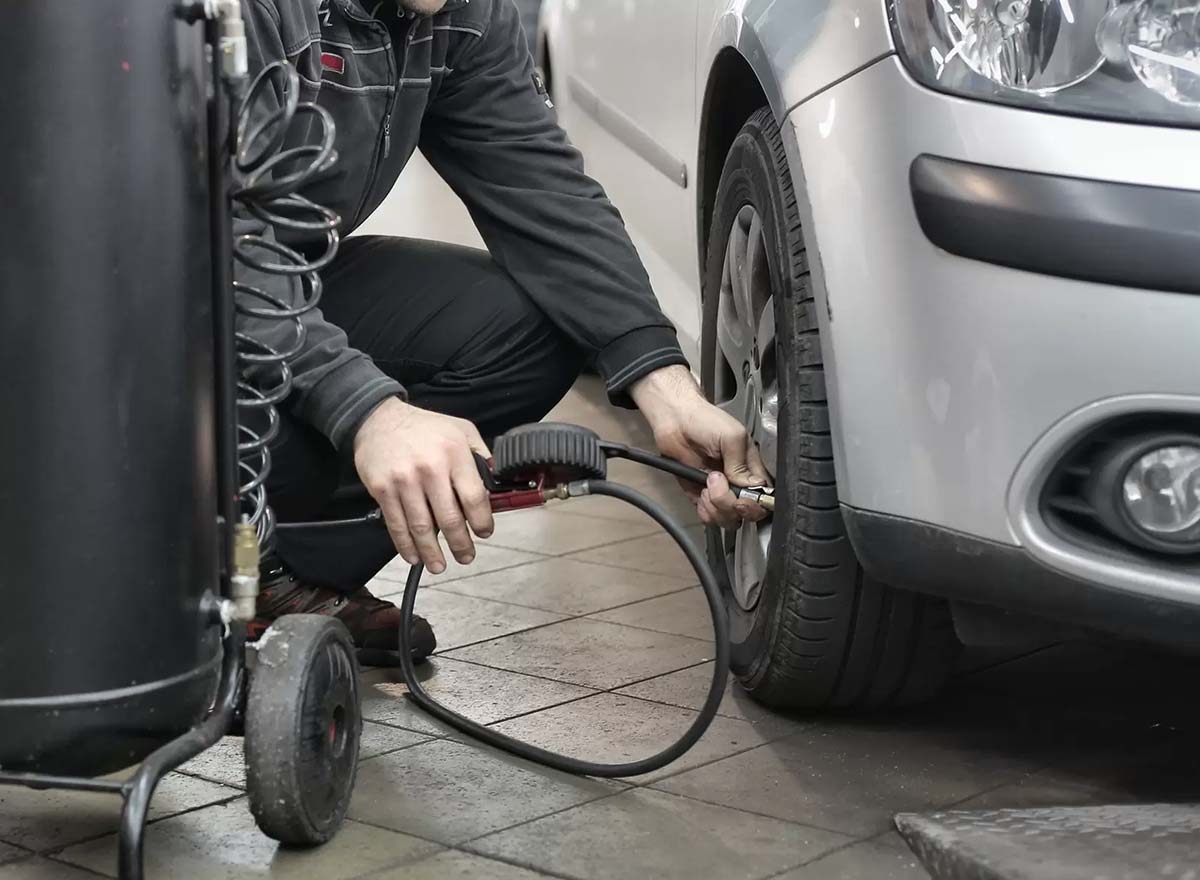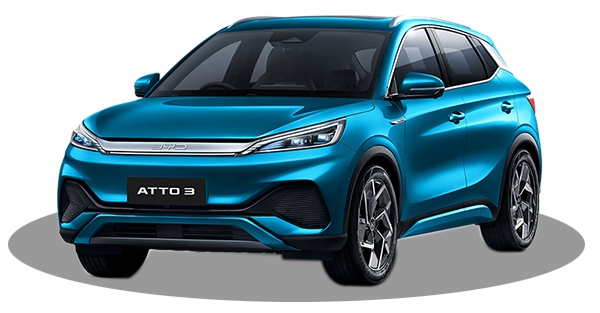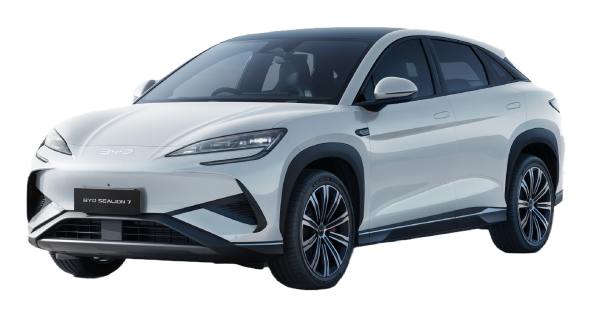Which Parts in Your EV Need Regular Maintenance?

Did you know that you can save up to 50% more on maintenance with electric cars compared to traditional internal combustion engine (ICE) cars?
The reason for this is simple – electric cars have fewer moving parts for you to maintain. So naturally, the cost of maintenance for electric cars will be significantly lower.
However, this doesn’t mean that maintenance for electric cars is something you should totally ignore. There are still a few important parts that you’ll need to take care of. Continue reading to find out what these are!
1. Fluids
As fully electric cars are not equipped with an internal combustion engine, it doesn’t require the same kind of regular oil changes you’re used to.
However, there are many other fluids in an electric car that needs to be checked and replaced from time to time. These 4 fluids are:
- hydraulic brake fluid
- battery coolant
- HVAC refrigerants
- transmission fluids
As these fluids' longevity depend on several considerations like climate, there’s no hard and fast rule you should follow. Instead, monitor the car's feel and how these parts function.
2. The 12V Battery
Did you know that your high-tech electric vehicle has an old-school 12V battery? Well, it does, and just like a traditional ICE car, the battery is used to power accessories like your dashboard lights, windows, turn signals and more.
This battery is a super important component to check annually, as a dead battery could leave you stranded.
3. The Tires, Brakes, and Suspension

As EVs are significantly heavier than regular ICE cars due to the extra load from the EV battery, EVs Tires, Brakes, and Suspension will require more attention and care. This is because there’s more weight put on these parts, which could accelerate wear and tear.
While it’s always good to send your EV for a multi-point inspection every year to ensure everything is working fine, it’s not a MUST.
When you send your car for a check up, ensure that the team checks your tires for sufficient tread and if they’re wearing evenly. Also, check the suspension to ensure that there are no torn boots, blown shocks or worn bearings, as these could be a huge safety issue.
You should also check your brake pads and rotors to ensure they function efficiently and safely. It’s also important to note that the lifespan of an EV’s brakes is usually longer than traditional ICE cars due to an EV’s regenerative braking systems!
4. Filters
While you don’t need to change your fuel, oil, and engine air filters in an EV, you need to switch out your cabin filters regularly. These cabin filters perform a pivotal role in ensuring the safety for everyone onboard as they stop contaminants like smoke, pollen, and mould from entering your cabin.
So, make sure you regularly check your cabin filters to ensure that it’s functioning optimally.




